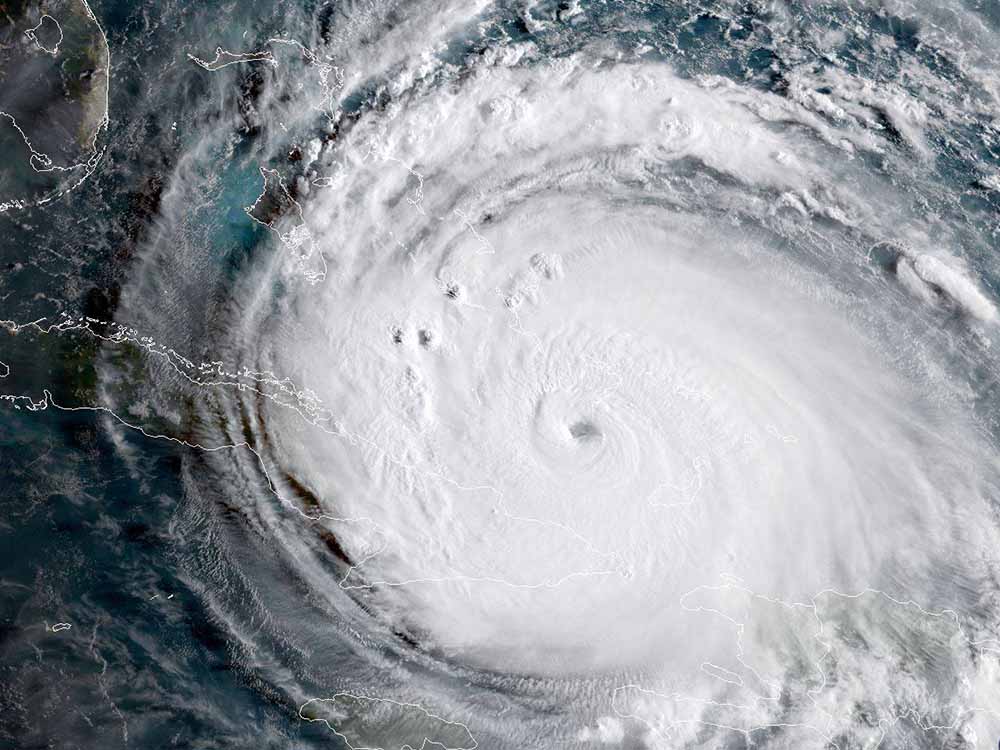Formation and Intensification:
Hurricane Irma originated on August 30, 2017, as a tropical wave off the coast of Africa. Over warm ocean waters, the storm quickly gained strength and intensified into a Category 5 hurricane on September 5. Its sustained winds reached an astonishing 185 miles per hour, making it one of the most powerful hurricanes ever recorded in the Atlantic.
Caribbean Devastation:
In early September 2017, Hurricane Irma struck several Caribbean islands with unparalleled force. It caused catastrophic damage to islands such as Barbuda, Saint Martin, and the British and United States Virgin Islands. Homes, infrastructure, and natural landscapes were decimated, leaving communities in shambles and prompting international aid efforts.
Florida and Southeastern U.S. Impact:
As Hurricane Irma moved westward, it set its sights on the southeastern United States. Florida, in particular, faced the storm’s wrath. Millions of residents were ordered to evacuate, and the state braced for impact. On September 10, 2017, the hurricane made landfall in the Florida Keys as a Category 4 storm, causing widespread power outages, flooding, and destruction.
Evacuations and Emergency Responses:
The impending threat of Hurricane Irma led to one of the largest mass evacuations in Florida’s history. State and local officials coordinated evacuation efforts to ensure the safety of residents and visitors. Emergency responders, including first responders and volunteers, worked tirelessly to provide assistance, shelter, and aid to those affected by the storm.
Aftermath and Lessons Learned:
In the aftermath of Hurricane Irma, communities faced the daunting task of recovery and rebuilding. The storm’s impact highlighted the importance of disaster preparedness, response planning, and infrastructure resilience. The devastation spurred discussions about climate change and the potential role it plays in intensifying hurricanes.











